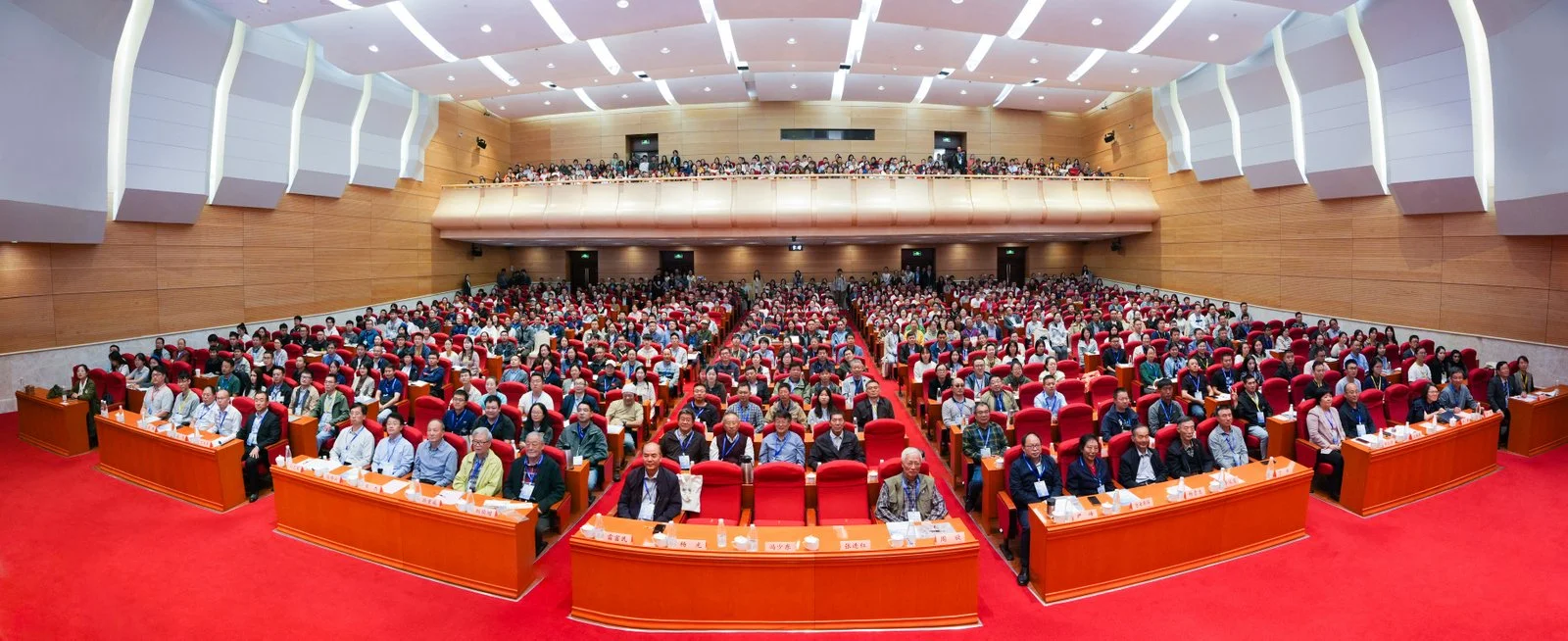Birds and soccer in China
Richard Fuller reflects on a visit to China in October 2023.
A huge crowd attended the 17th Chinese Ornithological Congress in Nanjing in October 2023, where I was privileged to give a plenary talk on the future of bird conservation in the East Asian–Australasian Flyway. It was brilliant to see so many Chinese bird researchers in one place, and the sheer quality and quantity of work being done by a new generation of early career researchers in the country was truly heart-warming. While there is much brilliant ecology underway, my impression is that there’s a strong need for more applied conservation science among Chinese ornithologists, to address the profound threats to biodiversity in the region.
Chinese ornithology is growing ever stronger: The 17th Chinese Ornithological Congress was held in Nanjing in October 2023. Credit: Chinese Ornithological Congress.
There were dozens of exciting talks on migratory birds, which have become a real focus area in Chinese ornithology, in particular for studies that track the journeys of the birds. Impressive miniaturisation of tracking devices now means that even tiny birds can be tracked, revealing high-quality data that would have been impossible to collect only a few years ago. With many migratory landbirds declining rapidly in the East Asian-Australasian Flyway, the race is on to understand the migrations and protect their migratory paths before a rash of extinctions hits this globally important migration hotspot.
A highlight of the meeting was the traditional soccer match, in which North China plays South China, along the major biogeographic division between the temperate north and subtropical south. By virtue of hailing from Australia, I was co-opted in the South team, although despite our best efforts we ended the match 2–0 down. Great fun was had by all, and I left the meeting with renewed optimism about the future of the migratory birds that I love so much.
There were many heroic moments on the pitch, although for sheer skill and performance on what was his debut appearance in the match, huge kudos to Professor Zhijun Ma of Fudan University, seen here deftly controlling the ball to start an attack. Rich Fuller looks on from the far right. Credit: Chinese Ornithological Congress.

